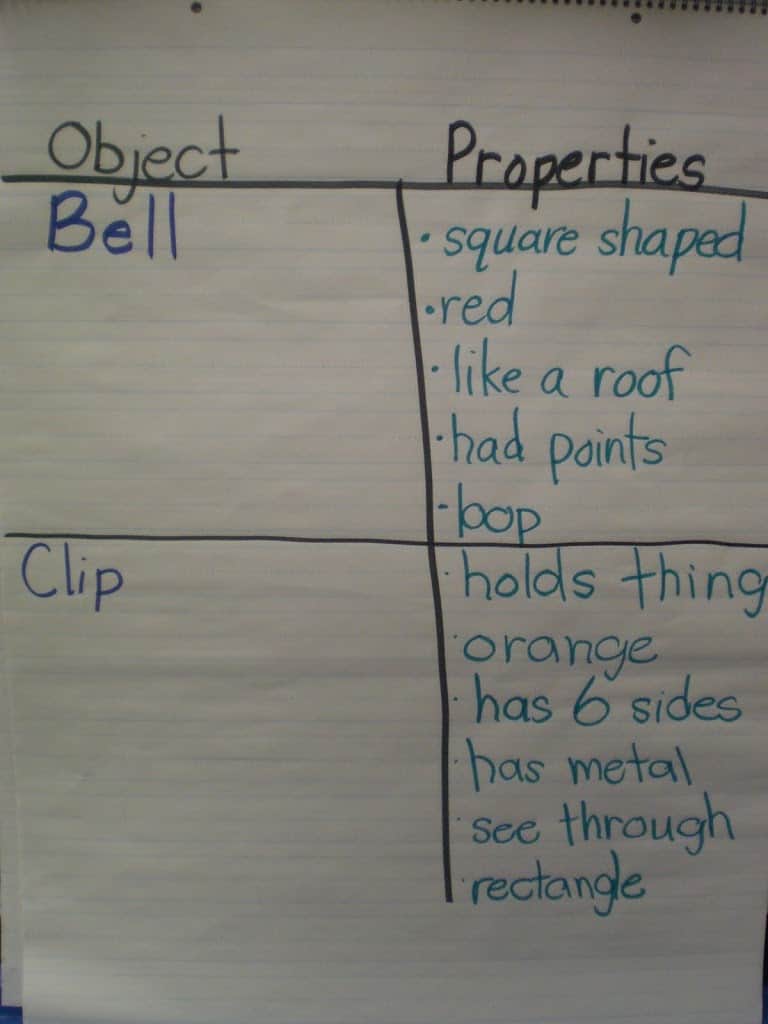


Teaching all about the five senses is always one of my favorite science topics. Plus, five senses activities are always so hands-on and fun to implement. Because it’s usually taught at the beginning of the year, I love seeing how my budding scientists learn how to use science tools, implement their interactive science notebooks, and finally stop eating things during science experiments.
With the endless amount of activities to pick from, it can be overwhelming trying to choose what to include in lesson plans for kindergarten and first grade students who might still be new to science. I love fun science activities, but I knew fun wasn’t enough. They also needed to be based upon standards, be effective at helping students learn, and help students master the content.
I decided to put together some of the best ways to engage students and help them learn through five senses activities to help you plan the best unit for your class.
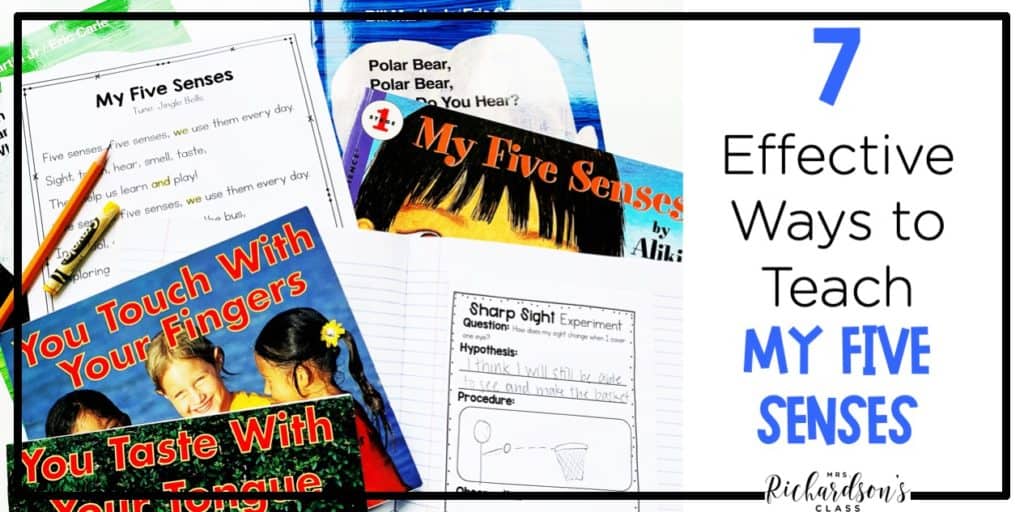
If you want your five senses unit to be laid out for you – teaching plan, teacher resources, and student resources – check out the Our Five Senses unit. Everything you’ll need (plus some bonus resources and activities) is included!
Music and movement always help keep active children engaged. I love using songs to introduce and reinforce topics and make learning stick. These songs are fun and appropriate for kindergarten through second grade. (Just remember to always preview media to be sure it’s a good fit for your class.)
Activities that get students moving and actually practice using their senses are the perfect way to introduce the senses. They’re also perfect to let students investigate with their five senses. When I teach the five senses, I like to isolate each one with an activity.
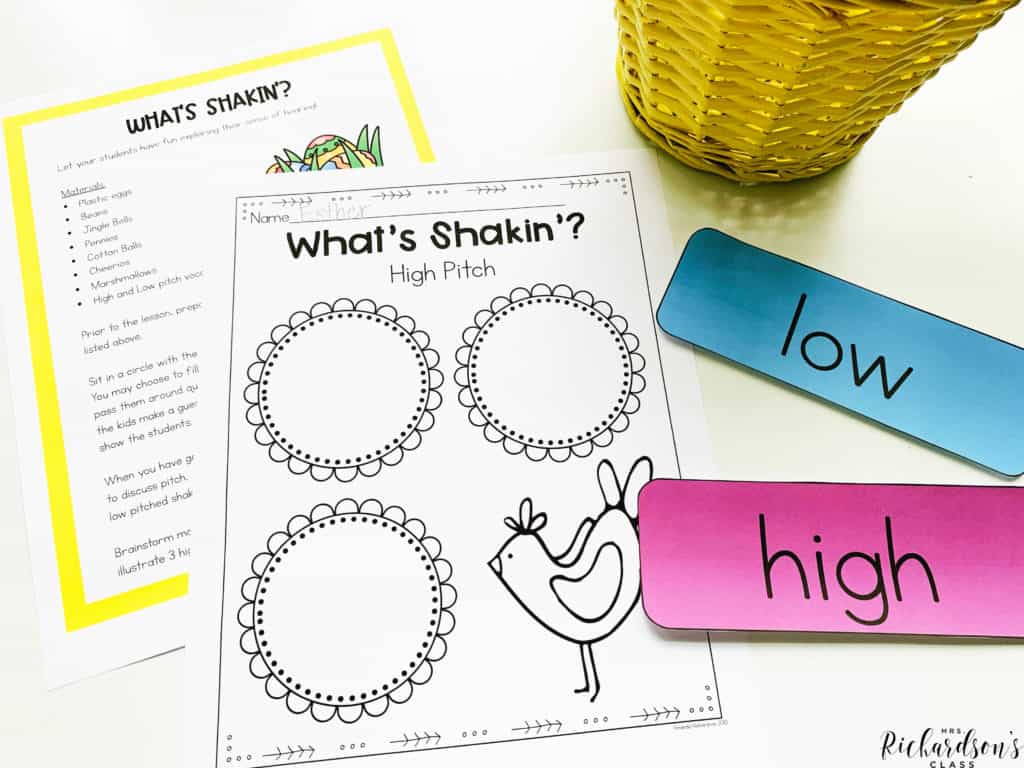
The five senses unit has an activity to help your scientists explore each of their senses. It has detailed teacher directions and a student recording page for each of the five senses.
One great benefit of anchor charts is that when you’re making them, students are engaged in writing with you. Anchor charts make the learning process visible, emphasize literacy in the classroom, and help connect prior learning to current learning. Students use them so much that they can always tell when you move on or take one down.
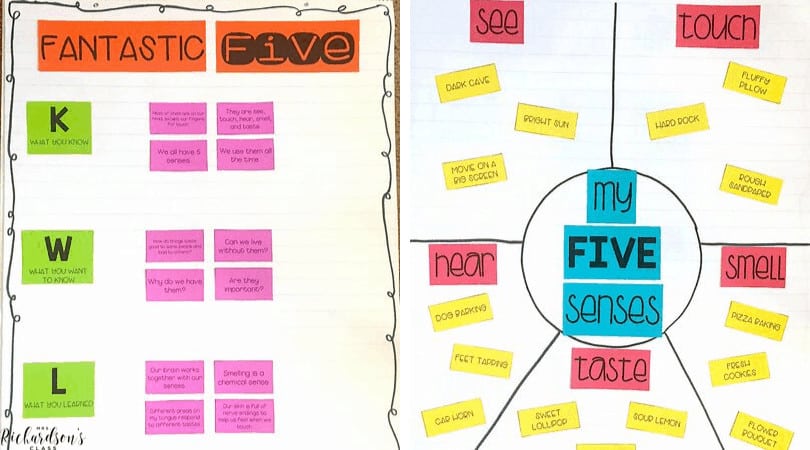
I have two must-make anchor charts as part of the five senses activities I do. The five senses unit has them, teacher directions, and all of the pieces you’ll need to make them yourself.
Do you use interactive notebooks in science? My students and I always loved them. Writing about science has so many benefits:
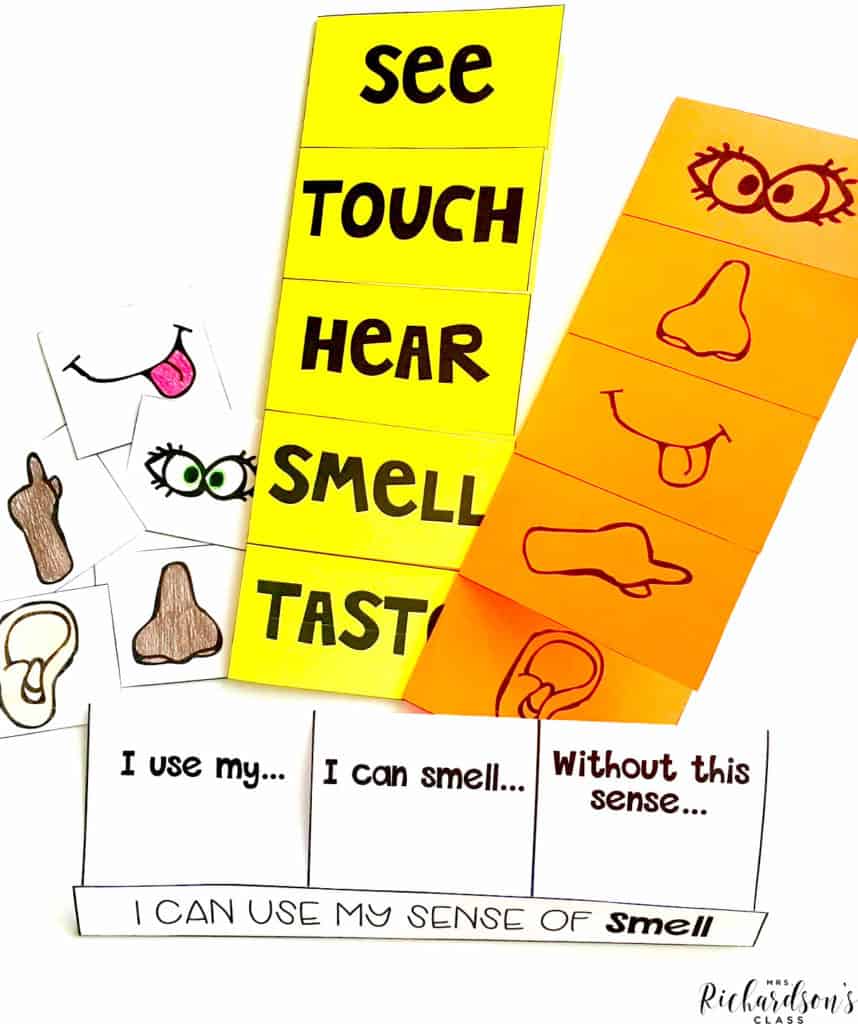
Flip books, pocket book sorts, graphic organizers like KWL charts, and accordian books are a few of my go-to interactive notebook pieces. Our Five Senses has flip books already done for you – one for each sense. These five senses activities are the perfect way to integrate writing and science. You can also find some helpful tips for interactive notebooks HERE.
Interactive read alouds can help build students’ background knowledge, provide visual support for your English Language Learners, and introduce academic vocabulary. Using science read alouds also helps you integrate science throughout the day. Some great read alouds options for five senses include:
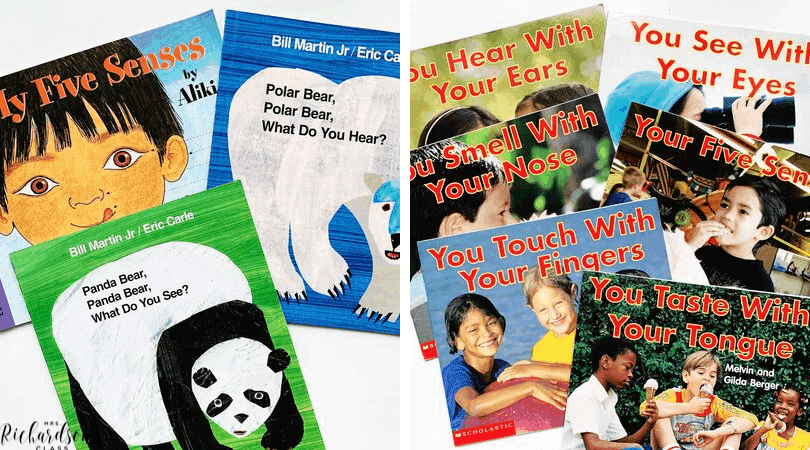
You can download a mega list of science read alouds for the whole year for free HERE.
One of the best ways to help students master science concepts and engage them in learning is to integrate science with literacy. Reading and writing about science topics throughout the day provides students more opportunities to interact with the new academic vocabulary and see how science topics fit into the world in an authentic way.
Like I mentioned, I use read alouds, anchor charts, and interactive notebooks to get students reading and writing about science. But I also use shared reading and mini-books to reinforce the five senses learning. (Tips on how to implement shared reading HERE).
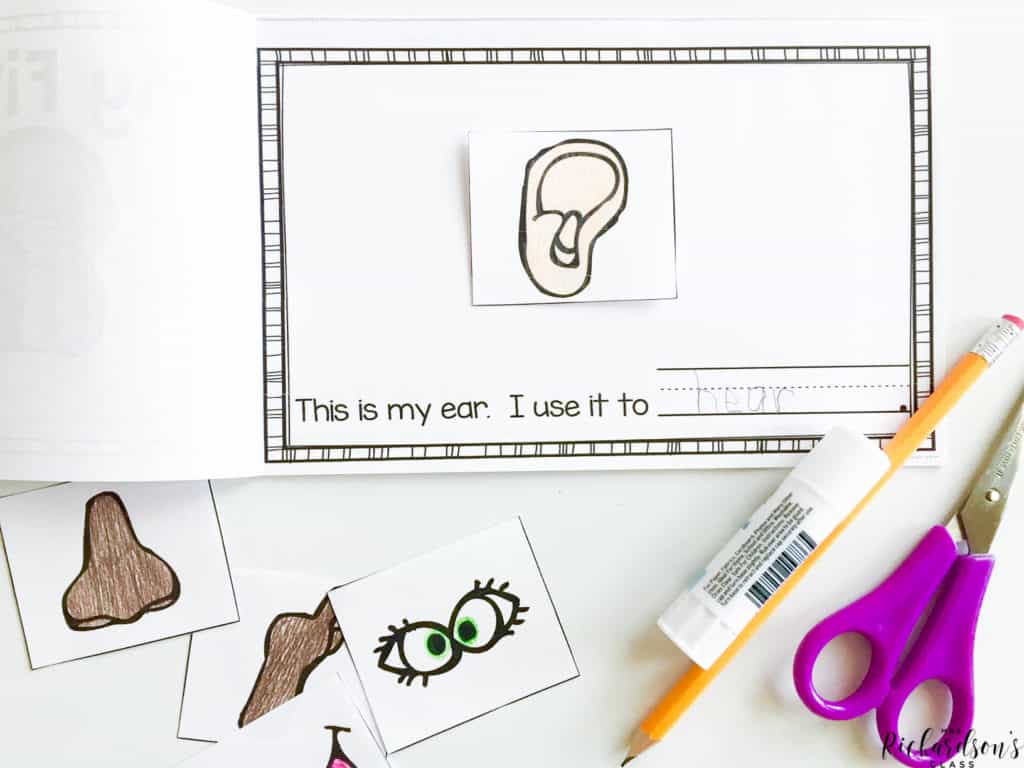
The shared reading poem in the Our Five Senses unit is used every day. I use it to teach sight words, vocabulary, rhyming words, fluency, and science content. The mini-book is perfect to complete together and have students put in their book boxes. They can keep reading it and reviewing content all year long.
If you want to get a group of 22 primary grade students excited for five senses, set up a science experiment. It’s amazing how eager they are to learn and follow the directions, test predictions, and figure out results. I love to use the scientific method even with the youngest scientists. To help you get started, you can get your own FREE scientific method posters HERE.
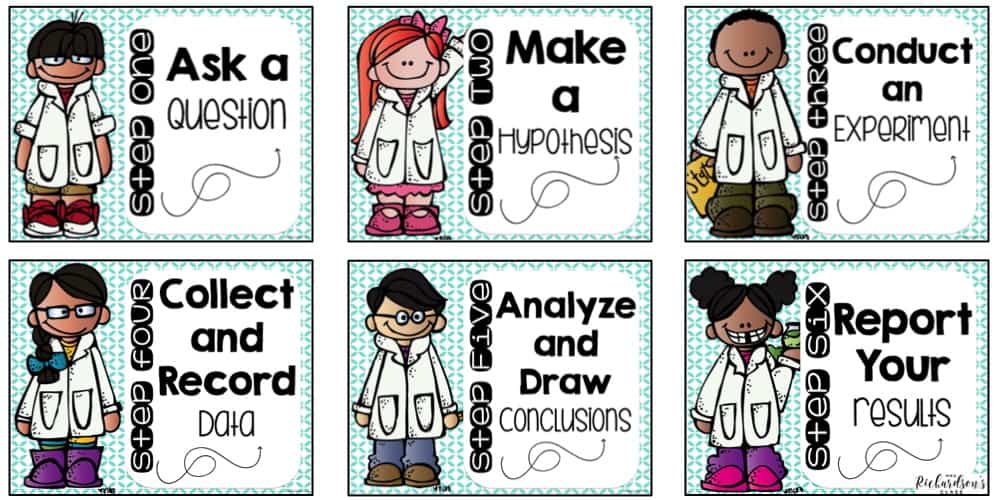
I included a full science experiment for students to explore their sense of sight. You probably already have the materials you’ll need in your classroom. The Our Five Senses unit has
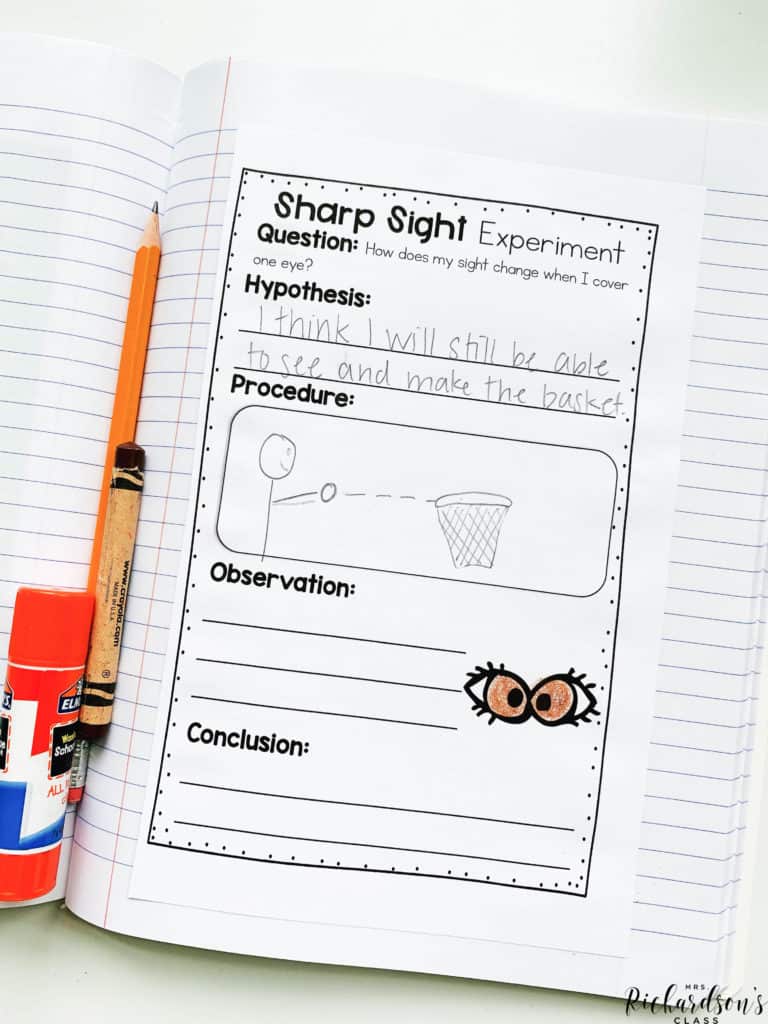
You’ll be completely set to implement an engaging science experiment with this unit.
I’d encourage you to think about these effective ways to teach all about the five senses when planning your five senses activities. You know your learners and their needs, so incorporate the activities that will best help them learn and master these science standards.
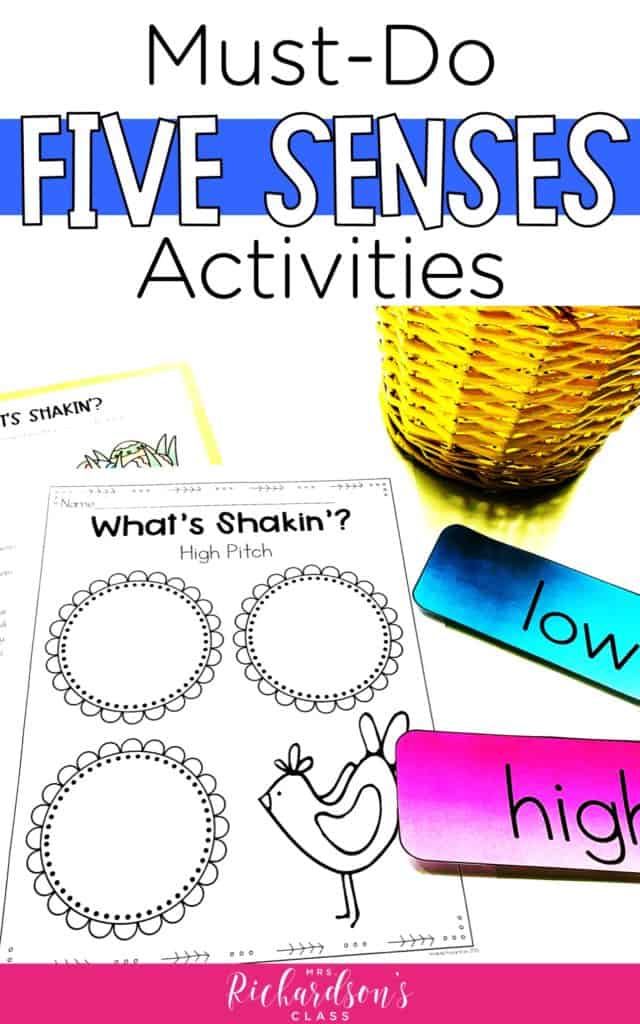
If you want the entire unit put together for you, organized in an easy way to understand, and include everything you’ll need for the week, just shop my post in my TpT store.
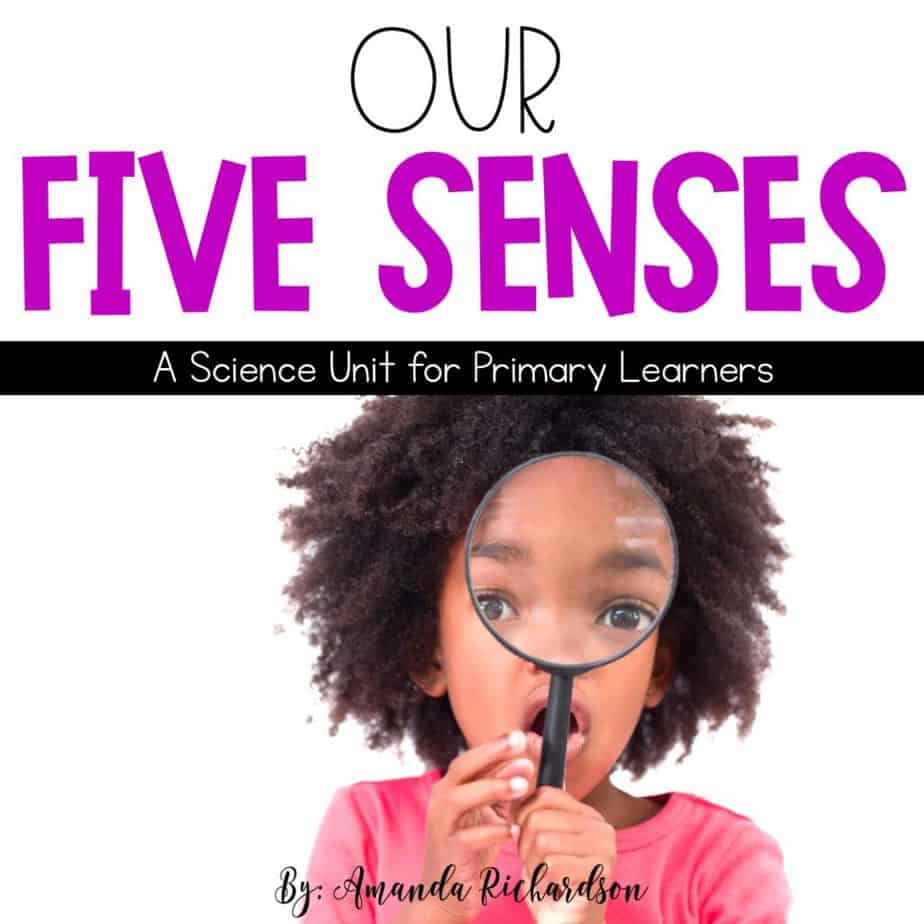
Our Five Senses Unit This unit includes:
Science for August This bundle will have you set for science for August with three units: Staying Healthy, Our Five Senses, and Being a Scientist.
First Grade Science for the Year Be set for the entire year of science with this deeply discounted bundle.
FREE Scientific Method Posters These posters are perfect to display to remind students how to implement the scientific method.
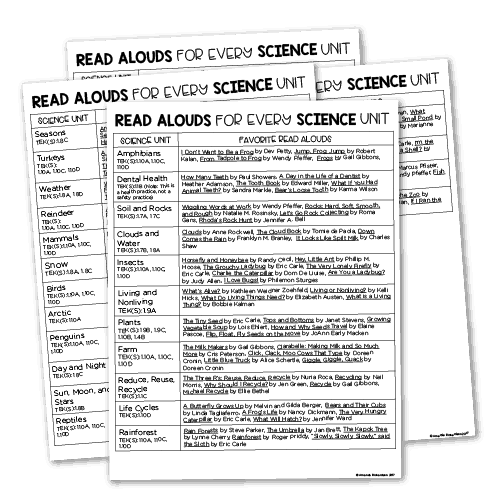

I’m a K-1 teacher who is passionate about making lessons your students love and that are easy to implement for teachers. Helping teachers like you navigate their way through their literacy block brings me great joy. I am a lifelong learner who loves staying on top of current literacy learning and practices. Here, you’ll find the tools you need to move your K-2 students forward!
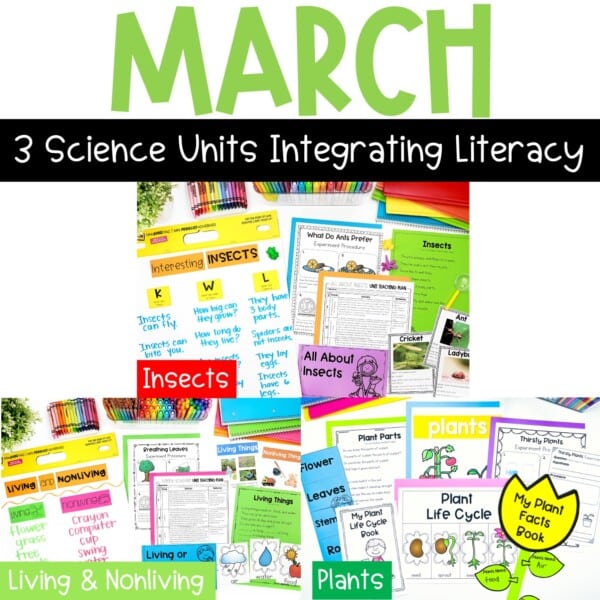
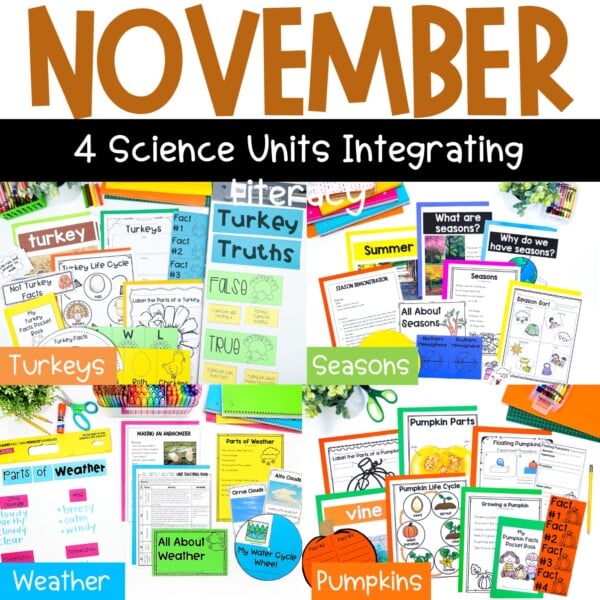
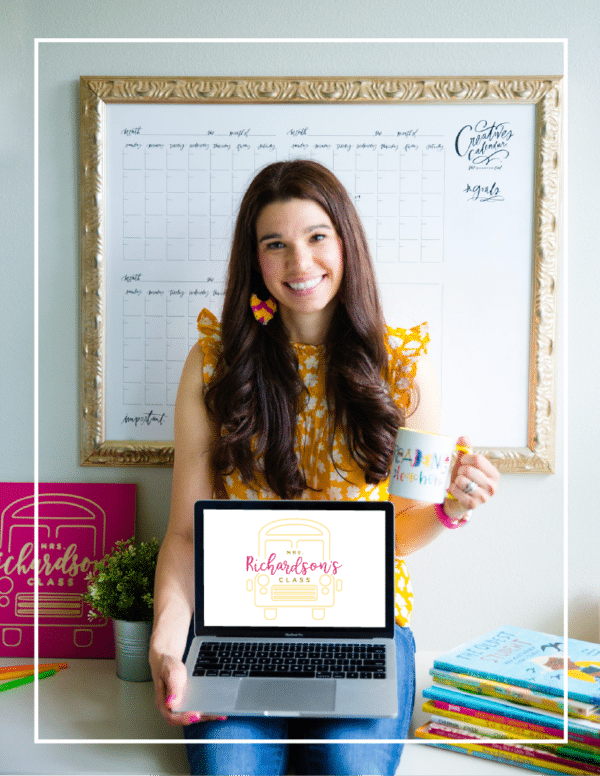
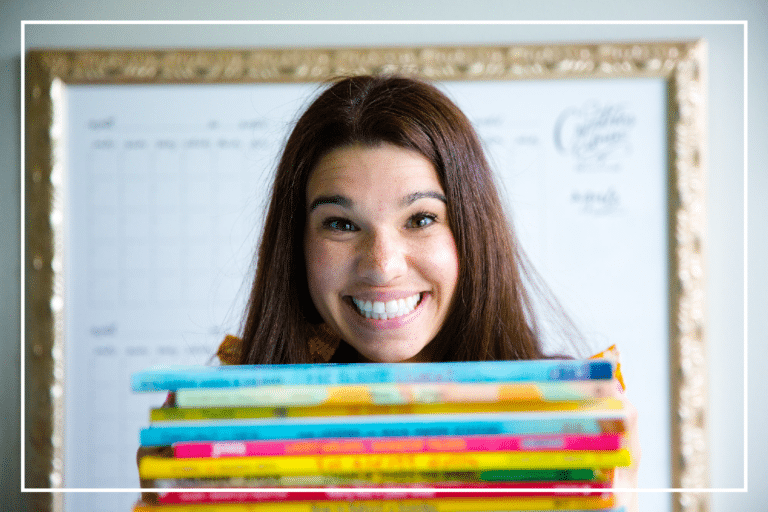
| Cookie | Duration | Description |
|---|---|---|
| cookielawinfo-checkbox-analytics | 11 months | This cookie is set by GDPR Cookie Consent plugin. The cookie is used to store the user consent for the cookies in the category "Analytics". |
| cookielawinfo-checkbox-functional | 11 months | The cookie is set by GDPR cookie consent to record the user consent for the cookies in the category "Functional". |
| cookielawinfo-checkbox-necessary | 11 months | This cookie is set by GDPR Cookie Consent plugin. The cookies is used to store the user consent for the cookies in the category "Necessary". |
| cookielawinfo-checkbox-others | 11 months | This cookie is set by GDPR Cookie Consent plugin. The cookie is used to store the user consent for the cookies in the category "Other. |
| cookielawinfo-checkbox-performance | 11 months | This cookie is set by GDPR Cookie Consent plugin. The cookie is used to store the user consent for the cookies in the category "Performance". |
| viewed_cookie_policy | 11 months | The cookie is set by the GDPR Cookie Consent plugin and is used to store whether or not user has consented to the use of cookies. It does not store any personal data. |
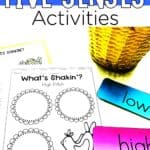
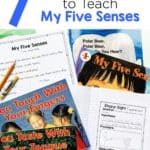
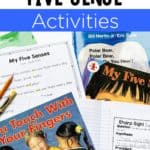
2 Responses
Thanks for sharing these senses ideas! I’m changing them up to make them work for my grade 1s online!
YAY! I am so glad you found them helpful to spark some ideas for you!